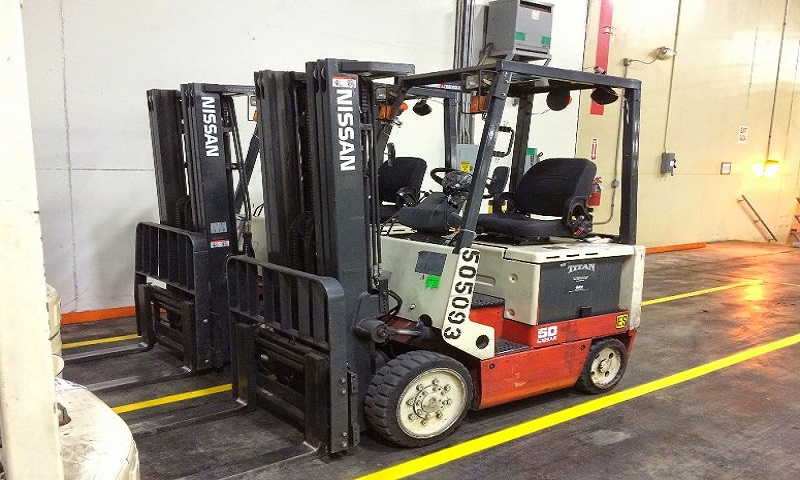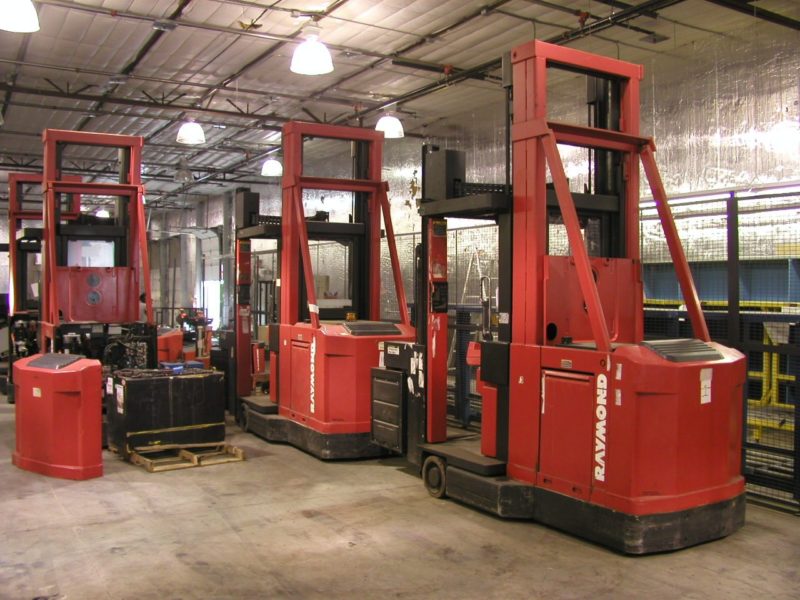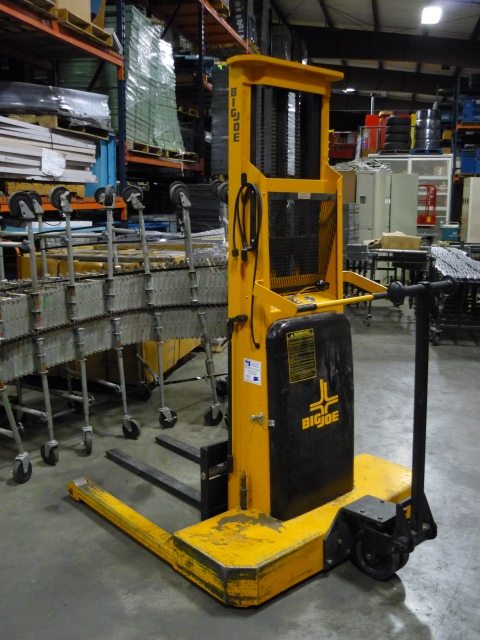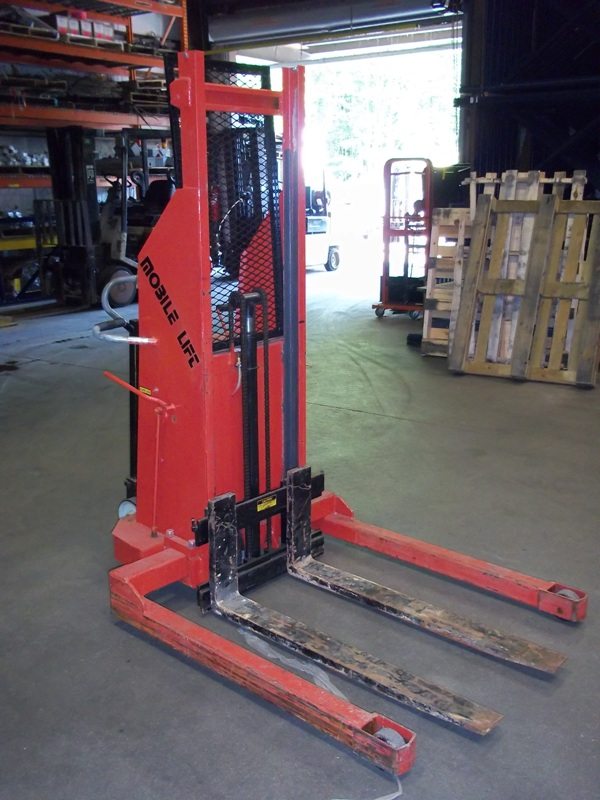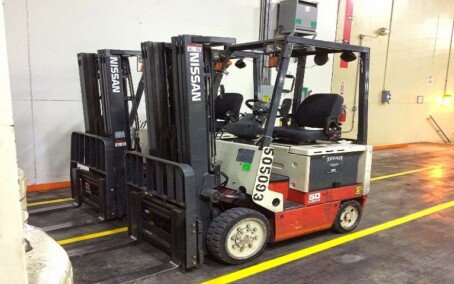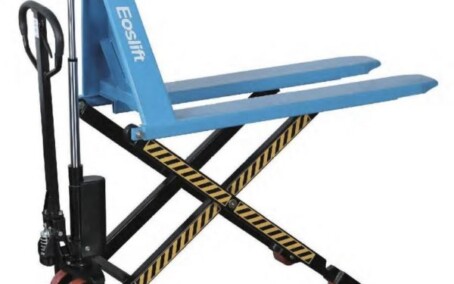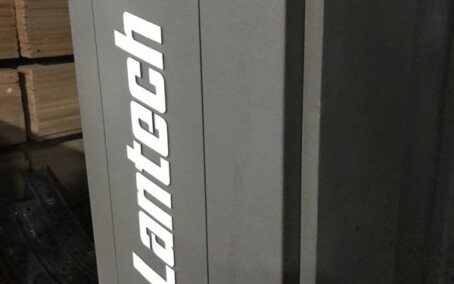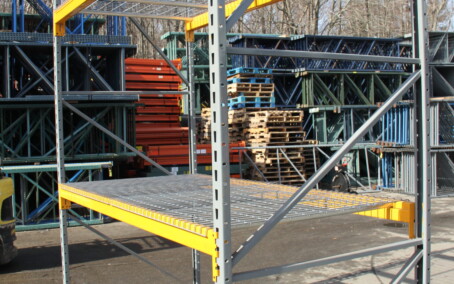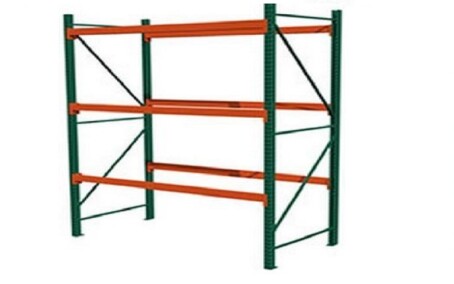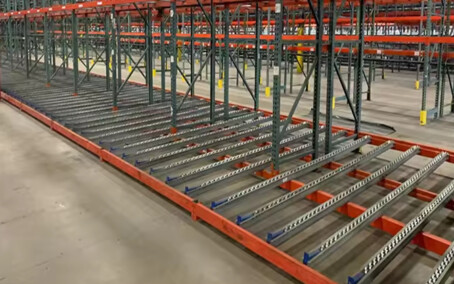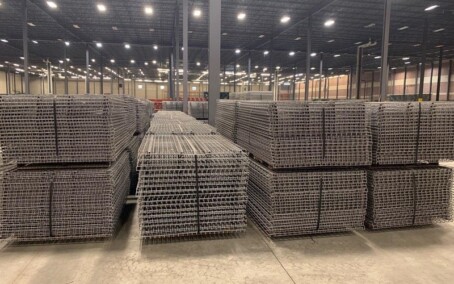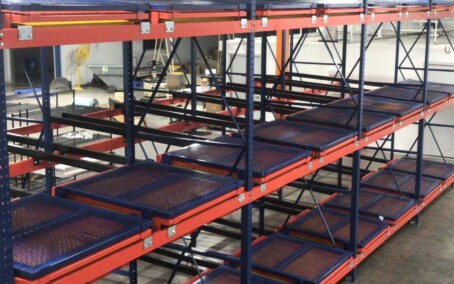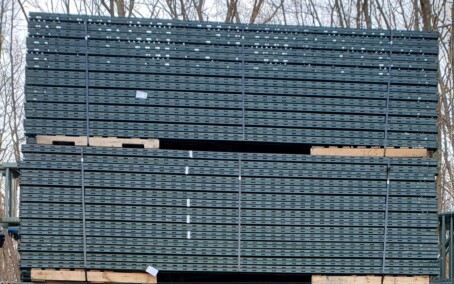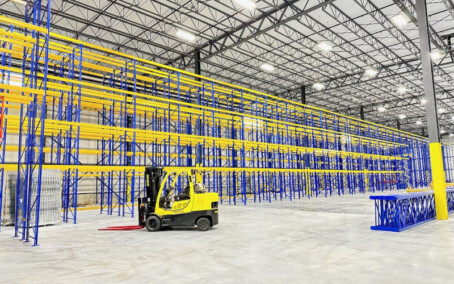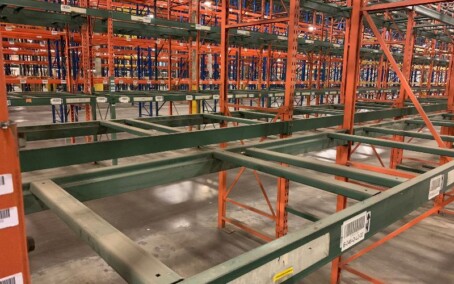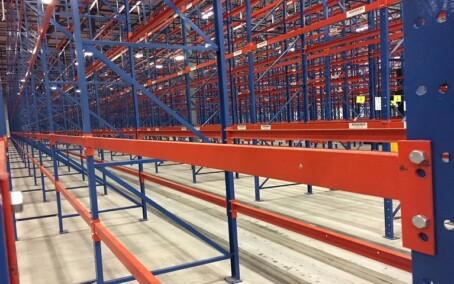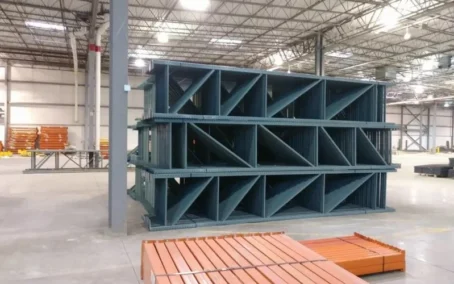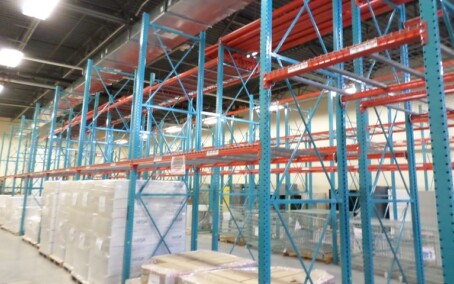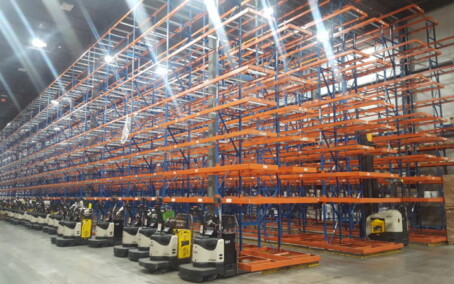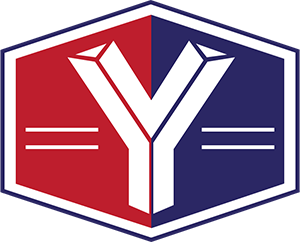In the world of industry and manufacturing, where efficiency and safety are paramount, industrial lift equipment plays a pivotal role. The designers have created these versatile machines to hoist heavy loads, reach high places, and facilitate various tasks in diverse industrial settings. From forklifts and scissor lifts to cranes and aerial work platforms.
To begin our journey into the realm of industrial lift equipment, let’s start with the basics and understand their significance.
What is Industrial Lift Equipment?
- Heavy Lifting Machines: Industrial lift equipment refers to a broad category of machines used for lifting, moving, and positioning heavy loads and personnel.
- Versatile Tools: Industries employ them to streamline tasks involving elevation, materials handling, and access to elevated work areas.
The Importance of Industrial Lift Equipment
- Enhanced Productivity: These machines save time and labor, enabling workers to focus on more critical tasks.
- Safety: Properly maintained lift equipment reduces the risk of accidents and injuries associated with manual lifting or working at heights.
Industrial lift equipment comes in various types, each tailored to specific tasks and operational needs.
Forklifts
- Materials Handling: Forklifts are workhorses in warehouses and distribution centers, used for lifting and moving pallets of goods.
- Diverse Range: They come in various configurations, including counterbalance forklifts and reach trucks, each suitable for different applications.
Scissor Lifts
- Vertical Elevation: People and equipment primarily use scissor lifts to reach elevated work areas.
- Indoor and Outdoor: They are employed indoors for maintenance and outdoors for tasks like tree trimming.
Cranes
- Heavy Lifting: Cranes are designed for heavy lifting and are commonly found in construction sites, shipyards, and manufacturing facilities.
- Variety: Tower cranes, overhead cranes, and mobile cranes are some of the many crane types.
Aerial Work Platforms
- Access to Heights: Aerial work platforms, including cherry pickers and boom lifts, provide safe access to elevated work areas.
- Versatility: They are used for tasks like building maintenance, electrical repairs, and even filming.
Industrial lift equipment finds applications in diverse industries and tasks.
Manufacturing
- Production Lines: Forklifts and conveyor systems are crucial for moving raw materials and finished products within manufacturing plants.
- Maintenance: Scissor lifts and boom lifts provide access for machinery maintenance.
Warehousing and Distribution
- Materials Handling: People use forklifts and pallet jacks to handle materials efficiently.
- Storage: Racking systems and automated storage and retrieval systems (AS/RS) rely on lift equipment for load handling.
Construction
- Heavy Lifting: Cranes are indispensable for lifting steel beams, concrete blocks, and other construction materials.
- Personnel Access: Aerial work platforms facilitate tasks like roofing, painting, and window installation.
Agriculture
- Harvesting: Tractor-mounted forklifts assist in handling crops during harvesting.
- Orchards: Cherry pickers are used for orchard maintenance and fruit picking.
Safety is paramount when working with industrial lift equipment. Here are some key considerations.
Operator Training
- Certification: Operators should receive proper training and certification to operate specific lift equipment.
- Ongoing Education: Regular training updates ensure operators are aware of the latest safety protocols.
Equipment Inspection
- Pre-Use Checks: Operators must perform pre-use inspections to identify any issues that may compromise safety.
- Maintenance Schedule: Regularly service and maintain equipment according to the manufacturer’s guidelines.
Load Capacity
- Load Limits: Exceeding load capacity is a common cause of accidents. Operators must adhere to load limits.
- Proper Loading: Loads should be evenly distributed and properly secured.
Environmental Considerations
- Terrain: Consider the terrain when using lift equipment outdoors, and ensure stability on uneven ground.
- Weather: Adverse weather conditions can affect equipment operation, so precautions must be taken.
Using industrial lift equipment offers numerous advantages in the workplace.
Efficiency Boost
- Time Savings: Lift equipment accelerates tasks, reducing project timelines.
- Labor Reduction: It minimizes the need for manual labor, leading to cost savings.
Safety Enhancement
- Reduced Risk: Lift equipment reduces the risk of accidents associated with manual labor or working at heights.
- Improved Ergonomics: Workers can perform tasks comfortably and without strain.
Versatility
- Adaptability: A wide range of lift equipment types ensures adaptability to different tasks.
- Multi-Functional: Some equipment, like telehandlers, can perform various tasks.
Industrial lift equipment represents the backbone of modern industry and manufacturing. These versatile machines streamline processes, enhance safety, and boost efficiency across various sectors. By understanding the different types, applications, safety considerations, and advantages of lift equipment, businesses can make informed choices, resulting in improved productivity and safer work environments. In a world where precision and speed are paramount, industrial lift equipment serves as a beacon of progress, elevating the way we work.

